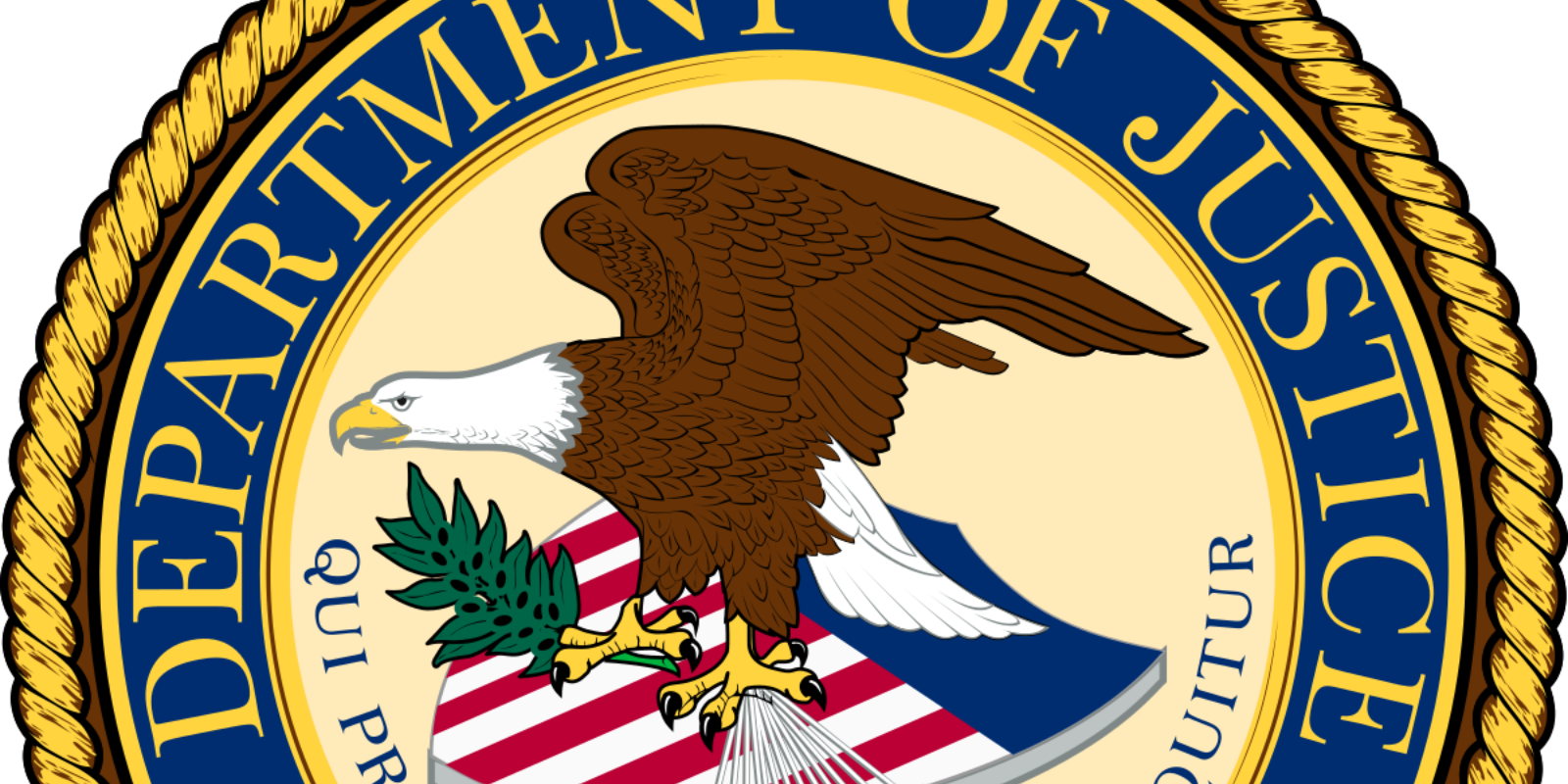LEARN TO OPERATE A POWER STATION AT THE NNPTC IN SOUTH CAROLINA
The Navy currently operates 98 nuclear power plants, including submarines, aircraft carriers, and training ships. It’s a major responsibility on multiple levels and understanding how to operate these plants comes down to education. Thankfully, the Naval Nuclear Power Training Command (NNPTC) exists for this purpose. Developing some of the brightest Sailors manning the fleet, NNPTC helps forge a warfighter that is both combat-ready and capable of operating nuclear power stations safely. Now, alliances involving the U.S. is even helping provide such education to our allies.
The History of NNPTC Goose Creek
In 1955, the training for Fleet Operators began in Idaho Falls, Idaho, and West Milton, New York. The first formal Nuclear Power School, which would become the NNPTC we know today, was established in New London, Connecticut a year later.
Subsequent locations included Bainbridge, Maryland; Mare Island, California; Orlando, Florida; and it would finally reside in its current location in Charleston, South Carolina in 1996. However, it was back in 1993, when Nuclear Field A School and Nuclear Power School merged to formally create Naval Nuclear Power Training Command.
The NNPTC history continues to unfold as more and more nuclear capabilities are introduced. Thankfully, rigorous training is available not only to help the U.S. maintain war readiness but empower Sailors to operate using nuclear power safely.
Does Navy Nuclear Power School Count as a Professional School?
The Nuclear Power School is a U.S. Navy technical school that trains enlisted Sailors, Officers, and civilians for operating and maintaining nuclear power plants on surface ships and submarines.
It is at the Navy Nuclear Power School where part of America's vital training pipeline for U.S. Navy Nuclear Operators is held. Those stationed at Naval Nuclear Power Training Command attending the courses will earn a certification at one of the Navy's Nuclear Power Training Units (NPTU), such as NPTU Charleston.
How Difficult Is Navy Nuclear Power School?
There is a reason that Naval bonuses for those in the nuclear program earn even more than Sailors in other pursuits. Not only is NNPS difficult, but the responsibilities that come along with them require an incredible level of knowledge, skill, and focus.
To put things in perspective, many hopefuls are going to compare the Naval Nuclear Power School vs MIT. Make no mistake about it, you’ll need an incredible level of intelligence and skill to attend. Multiple high scores on the ASVAB is a must, although, some may gain entry by combining their score with the Navy Advanced Programs Test.
Additionally, you’re likely going to need to pass the Nuclear Field Qualification Test (NFQT) and gain secret security clearance after passing a background check to be considered.
NNPTC Is Now Also Educating Our Allies
The Nuclear Power School may be in place to help American Sailors, but warfare evolves as do the needs of our country. There are global concerns and staying ready means keeping our allies ready for the mission at hand.
Such is the case as the first group of officers from the Royal Australian Navy graduated from NNPTC Goose Creek. The move came from a plan revealed in 2023 to help Aussies operate attack subs from both American and British fleets. Graduates will train in 2024 at the Navy's Nuclear Prototype Training Unit and the submarine basic officer course
The entire collaboration stems from the AUKUS alliance's goal to counter China in the West Pacific. Now, NNPTC continues to showcase progress in developing the knowledge and infrastructure for an undersea nuclear fleet that is ready worldwide to combat even our largest rivals.
SHARE:
TAGS:
JOIN OUR NEWSLETTER
Get the latest news and military discounts



